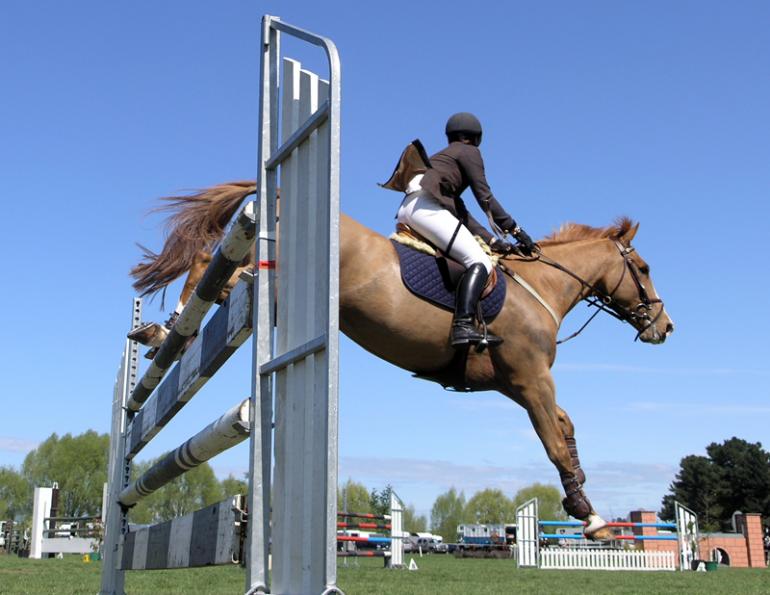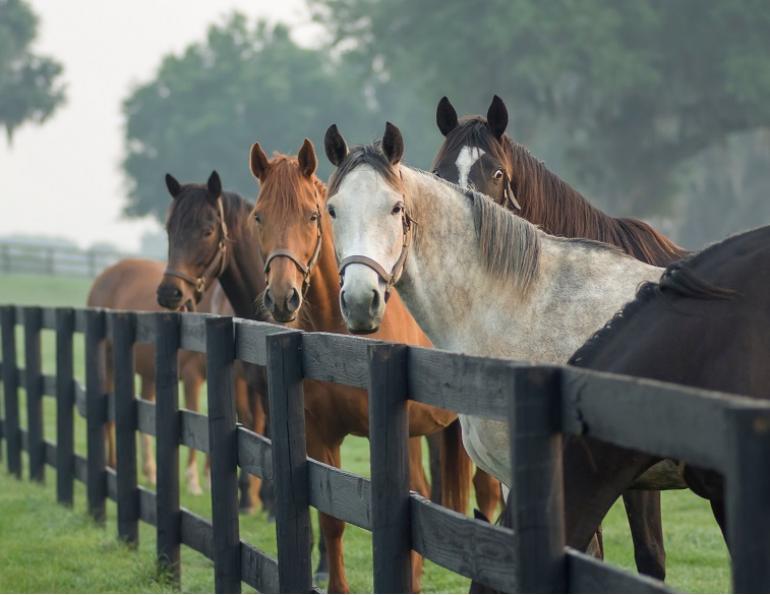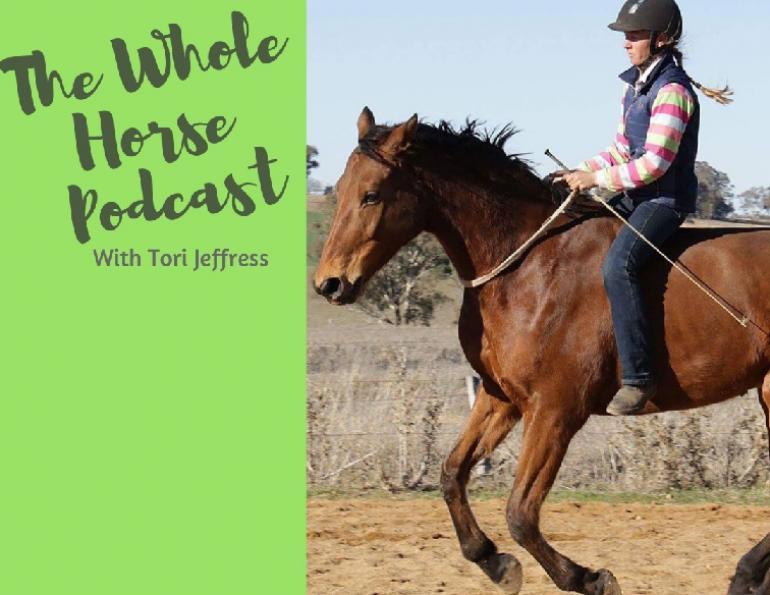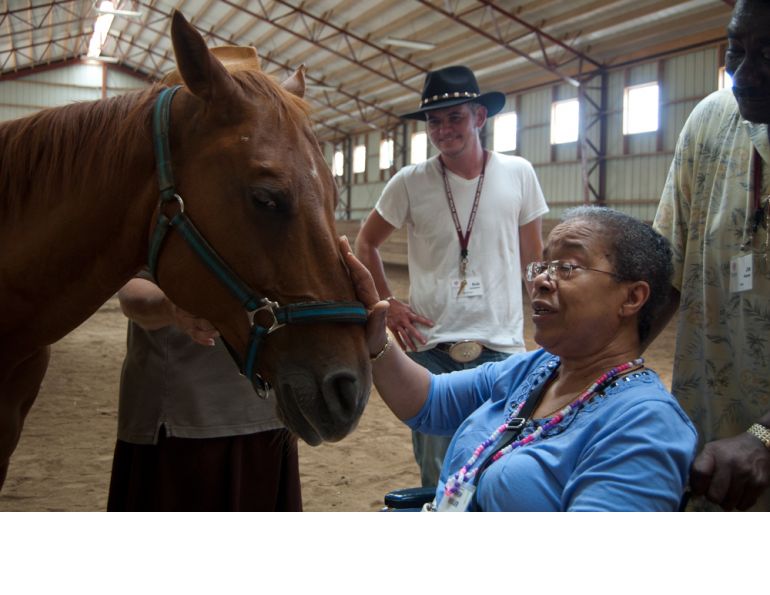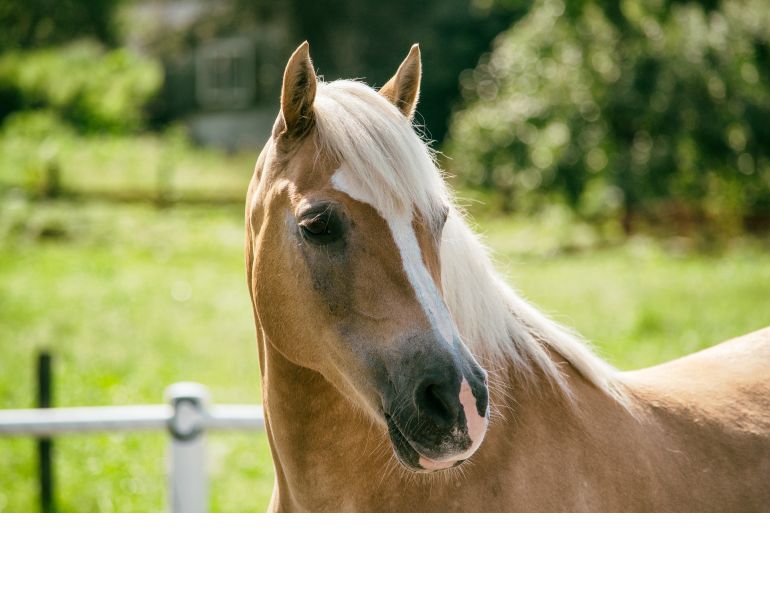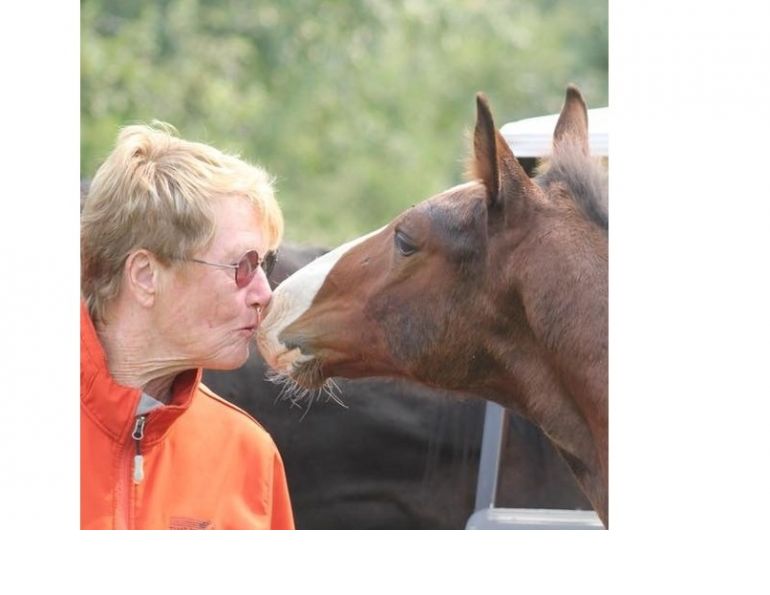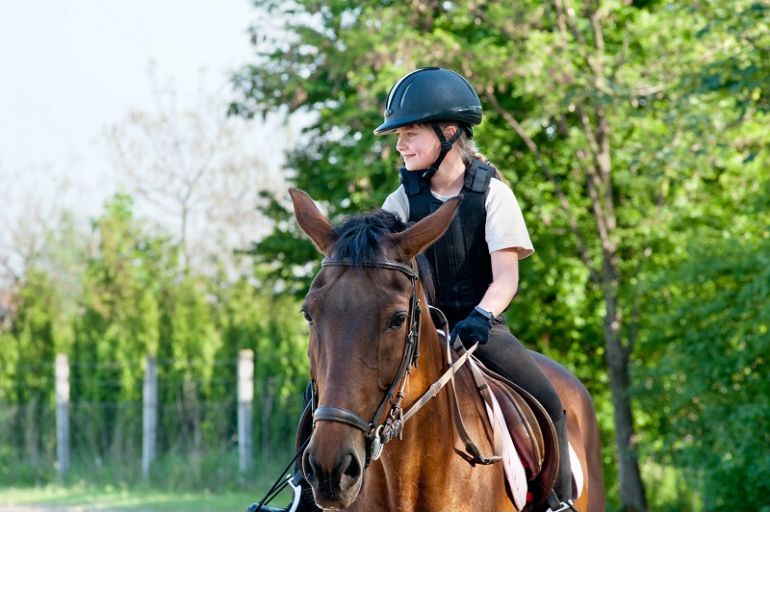Where Do We Go From Here…?
By Margaret Evans
Equestrian Canada, formerly Equine Canada, was founded in 1976 when the National Equestrian Federation of Canada and the Canadian Horse Council merged. With that merger, George Jacobson founded the Canadian Equestrian Federation (CEF), the first national governing body for equestrian activities and sport. CEF became Equine Canada Hippique and then, in 2015, Equestrian Canada Equestre (EC), continuing its mandate as the national governing body for equestrian sport and industry. The organization represents over 18,000 sport licence holders, some 90,000 registered participants, 12 provincial/territorial sport organization partners, and over 10 national equine affiliate organizations.
But despite that impressive roll call, all has not appeared to be well with EC, a fact reflected in CEO Eva Havaris’ opening remarks at EC’s annual convention in Vancouver in April, 2017. “This past year has been a challenging one for everyone, coloured with many highs and lows. Suffice to say this past year has demanded patience, focus, reflection and resolve from many different EC contributors including the board, volunteers and staff. It has challenged all of us personally and professionally.”
Across the country, questions of lack of accountability and poor communication kept surfacing. Board members resigned. Transparency was clouded. And when the name was changed from Equine Canada to Equestrian Canada, the backlash was significant. The name “Equine Canada” at least appeared to represent all of Canada’s 963,500 (give or take) horses, their owners, trainers, breeders, coaches, the industry, agriculture, the support companies, the sports community, and the wider network of sponsors. But “Equestrian Canada” was perceived to shrink that down to a focus just on the competitive community.
And the grumblings got louder when those 90,000 registered participants realized that, while they were dues-paying members, they were not allowed to vote. A sense of feeling disenfranchised simmered beneath the surface as the missteps, misinformation, and mistakes were piling up in a vacuum of non-communication.
None of it was lost on Havaris, who had been hired as CEO in 2014, coming into the industry with no equestrian experience. To many people, it seemed to be a strange choice at the time given the anomalies of the equestrian industry. But in retrospect there were some pragmatic realities that guided the choice of Havaris.
“It is really hard to find a CEO with an equestrian background,” says Al Patterson, retired board member. “When the calls went out for the CEO position, we got 50-plus responses. Half of them you couldn’t afford and they were all over the world. Surprisingly, there were not as many as you would think from Canada. Of the 50, I don’t think there were more than one or two who had any horse experience. That’s what we were up against. It’s very difficult. Most of the people in the organization that are actively involved in horses and have experience were not looking to be a CEO! When you’re involved in the hiring process of CEOs, most of the time the applications come from within your own sport.”
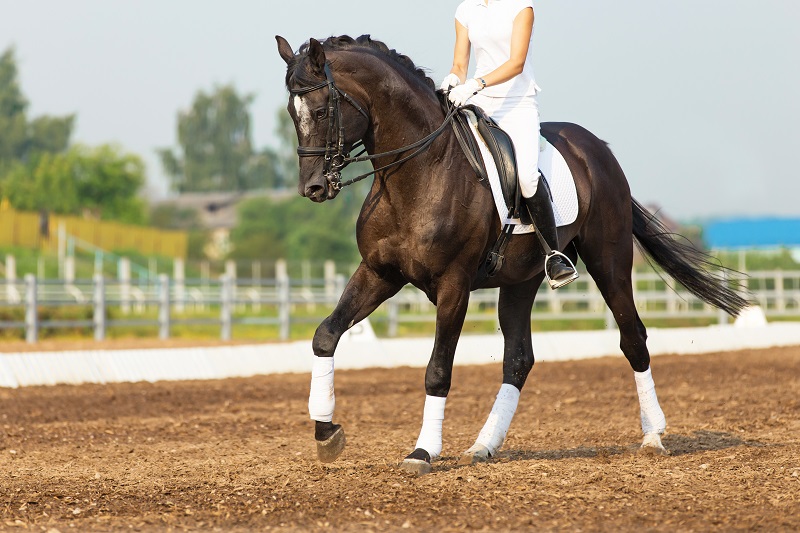
Equestrian Canada represents over 18,000 sport licence holders, 90,000 registered participants, 12 provincial/territorial sport organization partners, and over 10 national equine affiliate organizations. Photo: Shutterstock/Osetrik
But Havaris came in June 2014 with an administrative background and executive leadership experience with two other Canadian national sport organizations – Rugby Canada and Taekwondo Canada. She may not have known how to execute a flying change on a horse but she came in knowing she’d have to make some flying administrative changes holding the reins of the top job in EC. They wouldn’t be easy, they wouldn’t necessarily be quick, and they likely wouldn’t be popular. They would require a team and community effort, a commitment not always lived up to in the intervening years.
“The governance transition was the most pressing,” says Havaris. “The deadline to transition under the Canada Not-for-Profit Corporations Act was October 2014. There was a bylaw process already underway when I joined. A vote occurred during the summer that year but the bylaws were voted down. We were now past the deadline and that was the most pressing thing because the consequence of not transitioning under the Act was that the organization was going to be dissolved. We were also the last of the 52 national sports organizations to make the transition. There was no option. We had to get it done, meet the legal obligations and requirements and, for Equestrian Canada, it required some pretty significant changes.”
A Bylaws Taskforce was formed to start the process of change and that included not only the bylaws themselves but the structure of staffing and administration and how the organization functioned. At the same time a new financial accounting system was in the development stages and the implementation of that came with its own headaches. Somewhere in the mix, communication fell down.
“There was a problem with lack of communication,” says Patterson. “It all unfolded over the last year and a half. A whole lot of changes had to come along and people were seeing changes they didn’t like. We didn’t function efficiently. At the same time the bylaws got changed, the idea of the structure of staffing and administration was on the plate to be changed. When the CEO came in, she was tasked to change these things since the board was saying we need to be better structured and efficient.”
The structure of voting came under review. For many, paying to be a member of EC translated to having a vote. But 90,000 voting members was not going to happen and in the process of making the changes for better efficiency the number of voting members was whittled down to just 27. In reality, only about 200 members out of that 90,000 actually vote when it comes to casting a ballot for a new board or bylaw changes.
“Members [instead] became ‘registered participants,’” says Patterson. “The task force went through all kinds of ideas as they removed the layers and layers of over 140 committees. The 27 members were finally made up of nine voting members from industry, nine from the provinces, and nine from sports.”
Havaris says that the changes that came were significant for the organization. It was not easy but, more pressing, there was no choice but to make the changes.
“Equestrian Canada had to transition or the organization was going to dissolve and the trickle-down effect of that was the potential loss of Sport Canada recognition, you can’t send teams to the Olympics, and the provincial organizations would have lost their recognition. It was challenging for everybody.”
It was challenging even down to the name change of the organization, and this was as much to do with definition as it was about a boost in branding.
Horse people across the country were pretty comfortable with the name Equine Canada Hippique. To them it defined horses and, by extension, all the people involved with their care, training, and breeding. But according to the research and analysis overview, when the name came under scrutiny, the word “equine” referred exclusively to the horse. Nowhere in EC’s strategic vision and mission statement does the word “equine” appear. But “equestrian” does. And it did not go unnoticed that British Equestrian and the United States Equestrian Federation (USEF) both have the “equestrian” brand. Yet, still, to the average horse owner, the new name Equestrian Canada Equestre seemed to narrow the focus exclusively to sports participants.
This in fact holds true. As Havaris explains, the main consumer base – the principal stakeholders - for the organization are sport licence holders who register directly with Equestrian Canada and who are involved in equestrian sport activities. In addition, it was believed that the equestrian industry would find a better fit under the new brand.
“The second thing that we discovered during the exploration phase of rebranding and which is also important is the bilingual component requirement, especially with Sport Canada,” Havaris says. “Through our research, we discovered that in Equine Canada Hippique, our former name, ‘Hippique’ actually stands for horse racing in French. We are not in the horse racing industry whatsoever and the actual name of the organization in French was completely irrelevant.”
But, for many, the decisions were not popular, they were not well communicated or explained, and as bylaw changes, member changes, administrative changes, and voting changes swept through, including major changes to the financial system, some people felt marginalized. And Patterson himself became frustrated as the new financial system stumbled to get going and deadlines for statements were missed.
“That upset the board, especially me,” he says. “Not seeing financials coming out was a big concern. In hindsight, you should always be honest. If you say a mistake was made and here’s what we did to correct it, everyone is glad to see you caught it and corrected it. People accept making a mistake. People don’t accept covering it up. But no transparency and no accountability doesn’t fly. A few of us sitting there said that we needed to tell the people. But they didn’t. But once you let something happen and you’re on the board you’re part of it. That didn’t sit well with me.”
Communication in an organization as large as EC is critical, not just at the practical and necessary level of getting information out but at the important, connectivity level of empowering people – members, staff, volunteers – with opportunities for them to provide feedback. It may be criticism or it could be a great idea for positive structural change. And that exchange generates not only welcome inclusiveness but also contributes to an organization’s positive growth.
“Because of all the layers in the organization, communication will always be a difficult thing,” says Patterson. “But there are key areas and key groups that need to have some of the knowledge and they need to feel they were part of the decision-making even though the national body has a right to make its own decisions. All the sport disciplines have the biggest invested interest in this and, even if they don’t like a decision, they are at least aware of it. That’s what was lacking – an awareness, being a part of it, and having an ability to understand why a decision was moving forward. Could they have been done better and communicated better? Yes, there’s a big failure there. You’ve got 27 people who are brand new and they have the vote, yet even they hadn’t been given information!”
Communication was also at stake when it came to the circumstances in which Paralympic medalist Lauren Barwick found herself without her primary mount, Onyx. It led to her resignation from the Para-Equestrian Committee in January 2017, a position she had held since 2003.
Barwick was born and raised in Langley, BC, and a fateful accident in 2000 left her a paraplegic when a falling alfalfa bale landed squarely on her back, severing her spinal cord. Career plans were orchestrated from a wheelchair, including the Paralympics. In 2008, she won gold and silver in Beijing riding her Dutch mare Maile, and in 2014 she won silver and bronze at the World Equestrian Games on her Oldenberg mare, Off to Paris. In 2015, she was inducted into the Canadian Disability Hall of Fame. Meanwhile, another horse – Onyx “Wolkentans” – had come into her life.
“As far as the horse goes, in para-equestrian for the last two Olympic cycles the pitch was made by the federation to source a horse, in particular for Lauren, our top para rider, and to use the Own the Podium funding for that endeavour,” says Havaris.
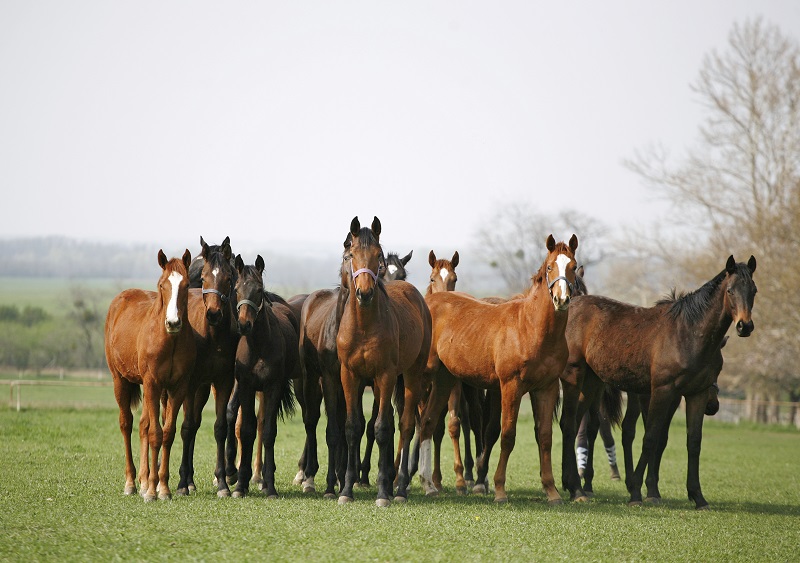
Changes take time, but it appears that the efforts of Equestrian Canada to serve the horse community better are being noticed by the wider equestrian community. Photo: Shutterstock/AcceptPhoto
Barwick, a 4-star Parelli professional trainer, trained Onyx with the same horsemanship system she had used with her other successful dressage horses. Parelli training was important since she was competing with the horse without the use of her legs.
Writing in her blog, Barwick learned that her lease with Onyx was to be terminated as it was felt, after EC’s consultation with dressage professionals, that a horsemanship program at Onyx’s age would not leave him a top dressage horse. However, Barwick had already demonstrated with her other successful dressage horses of similar teenage age to Onyx (13) – Off to Paris (purchased at age 10), Maile (introduced to horsemanship at 14 and gold medal winner), and Ferdonia (from ages 12-16 competed internationally) – that horsemanship training delivers medal-winning results.
But a decision had been made.
“Equestrian Canada is not in the business of owning horses and we do not want to be in the business of owning horses or purchasing horses for our athletes,” says Havaris. “We have made our position clear with Own the Podium not to own horses and they are on side with this. We’re in the process of selling the horse, if it hasn’t been done already.”
The equestrian community is an anomaly among sports organizations. Competitors can only go as far as their horses can take them and finding that upper level horse with world class potential is very often out of reach without sponsorship or financial help.
“The system is that we bring a rider from beginner level all the way up,” says Patterson. “But an awful lot of [young] riders have dads who can afford a horse only so good and they are stopped right there. If we were a good sport organization we would be finding that athlete the other athletic equine partner. We lose a lot of top notch athletes because we can’t make the connection. A number of countries in Europe such as Germany have gone to syndicating and buying horses between owners and national bodies. In the past EC has owned some horses. We didn’t board them but gave them to the athlete under a contract. You are putting a top-notch horse with a top-notch rider. If riders can’t do that by themselves then they are as far as they can go.”
If problems have erupted at the sport end of Equestrian Canada’s involvements, some business opportunities may also have been lost.
“I own a company called Animal ID solutions,” says Lantz McLaren who breeds Appaloosa horses. “In the last 10 years, I have owned a fully functional equestrian database that will seamlessly and efficiently identify every horse, no matter its intent. All sport horses are required to be identified for the purpose of traceability. Seven years ago, I offered Equine Canada a licensing agreement for a considerable amount, which they turned down. Then, through the Freedom of Information Act, I was able to search the funding and granting section of the Government of Canada and found that Equine Canada had been allocated $3.5 million over 10 years for the purpose of traceability and identification.”
McLaren believes that EC is bowing to pressures for FEI/Olympic/World Equestrian Sport dominance at the elite rider level at the expense of growth and development of the future.
“This plays fast and loose with all other horse invested interests,” he says. “The Canadian herd is 900,000+ strong. It accounts for over $19 billion in GDP and it is a demographic that is overwhelmingly mature females with highly disposable incomes. We need this strong demographic to be the role model, the support, and the network that welcomes youth who are athletically/equine motivated.”
As for identification and traceability, Equestrian Canada is now working with a traceability systems specialist with Alberta Agriculture and Forestry to put something in place.
“This is a priority item and, at first, the project was to get involved in traceability for the entire industry,” says Havaris. “I think that’s a good goal. But Equestrian Canada has jurisdiction within its competition system and those competition horses are the ones we are looking at prioritizing with the help of our Equine Industry Development Committee and our Health and Welfare Committee. There are new and easier ways of microchipping horses available now as was presented at our 2017 convention. We are moving that portfolio along to get something in place.”
It’s fair to say that the discontent with EC is a situation distanced in any practical way from the average rider and owner. It’s at the core of the national body. But certain critical areas such as finances and accountability need to be transparent. After all, those participants are paying money into the system and they need to have a general understanding of where that money goes.
At the 2017 convention in Vancouver, Havaris asked participants to provide input on the most important areas the equestrian community needs to improve on to draw the organization into better alignment. The delegates identified accountability, trust, serving people well to grow participation, and effective change management.
The changes in EC were all behind-the-scenes deliberations and the challenges they presented came sharply into focus in EC President Jorge Bernhard’s opening remarks at the Vancouver convention, read by Tony Eames in his absence.
“There were masses of rules, manuals, agreements, processes, procedures and history that needed to be adapted to deal with the transformation, which was required and mandated. These decisions would impact hundreds of committed volunteers, test our legal and governance capabilities, and demand accountability and a new way of doing business from our staff. Of course, the pressure was on for timely compliance with the Federal Government’s Not-for-Profit Act – we were the last of 52 national sport organizations to make the transition, and were in serious danger of being dissolved as a federation for non-compliance. We were constantly running against the clock, and in that process, many details - important details - were left out, and some things were yet to be defined pending the result of the vote on the new bylaws.”
But what has emerged is the new and hopefully improved Equestrian Canada, the 27 voting-member structure, an engaged community (whether either supportive or as helpful critics), and a communications system to stay engaged with that community. It’s not perfect, the changes aren’t over, and EC is still a work-in-progress.
One of the main things they are clarifying is how the board communicates with the voting members and how they, in turn, communicate with their own group so that the information is properly disseminated to people at large. One thing, Havaris says, is that while board members provide support to those three voting member groups they don’t want to be directly involved in facilitating that communication chain or be seen as directing the communication.
“The board has also become more aware of the role that they need to play in communicating with the voting members,” says Havaris. “The board’s relationship with the voting members is improving and fortunately it improved as a result of the many bumps in the road. There’s still a lot more to do and we’re actively doing it.”
But it has clearly been a challenging few years, especially the last year and a half as Patterson said, as all the issues referred to in Bernhard’s opening remarks piled up, each with their own agendas and complexities.
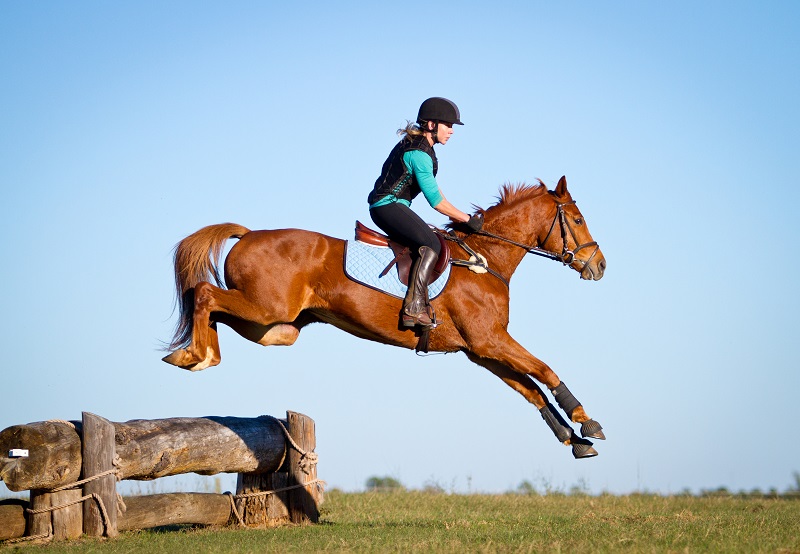
Many talented young riders cannot afford a top level competition horse, and without the right equine partner they are not able to proceed. “If we were a good sport organization we would be finding that athlete the other athletic equine partner,” says Al Patterson. Photo: Shutterstock/Jim Noetzel
“It’s not that those challenges weren’t expected,” says Havaris. “But by not addressing some of the pieces it made it more challenging. I don’t want anyone to underestimate the challenges that were faced in this organization. They were there three years ago. They are still there and we are chipping away at them. It is going to take a community to move forward. And that’s why we have to be more open. It will take people to look for solutions, come to the table and say, I want to help and here are some ideas.”
It’s time to move on, move forward, prioritize the problems, and define solutions. It’s time to leave the start line behind, branch out, build trust, communicate with clarity, and develop confidence among all the voting and non-voting members. To that end, Havaris is encouraging those with expertise and vision to step forward and become involved and proactive in Equestrian Canada’s future.
“We are often compared to the USEF with 300-plus staff,” she says. “But we only have 27 people in the office. Our main objective now is to get the government transition working really well, then get focused on immediate priorities and start knocking things off the list with solutions. We are looking for board members and the deadline is June 1 to receive applications.”
It appears that the efforts and the hard work of the administration, like ripples in a pond, are being noticed by the wider equestrian community.
“One huge positive I take away from the past year is that the community is certainly beginning to get engaged with the governance side of things,” says Jessie Christie, manager, communications and media relations. “Governance is definitely not always the easiest to understand or the most compelling topic, but it is so important to the future of the organization and, after many years of complete apathy, it’s great to see this shift in engagement.”
Lisa Laycock, executive director with Horse Council BC, does not necessarily agree with all the negative press written in the past few months about Equestrian Canada. While she acknowledges that communications have been challenging, she recognizes that the processes of change take time and sometimes longer than planned or expected.
“I really think the criticism is unfair and not based on fact,” she says. “They are making changes. We are a collective community and we should be helpful in making the process better. They are halfway up the hill pushing that big boulder. The organization is working very hard to become highly functioning with the goal to serve the equestrian community better.”
Main Photo: Shutterstock/Margo Harrison



